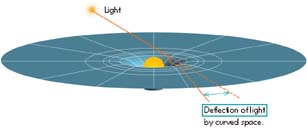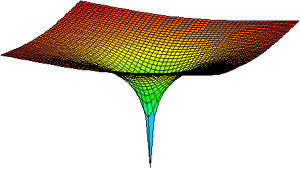 |
Theory of Relativity |
 |
Theory of Relativity |
Special Theory of Relativity (Space, Time, and Motion)
|
|
 |
General Theory of Relativity (Gravity)
|
|
Light Bending
|
|
|
_180x180.gif)
|
Gravitational Waves
|
Other Predictions
|
|
![]()
page by luca bombelli <bombelli at olemiss.edu>, modified 29 sep 2012